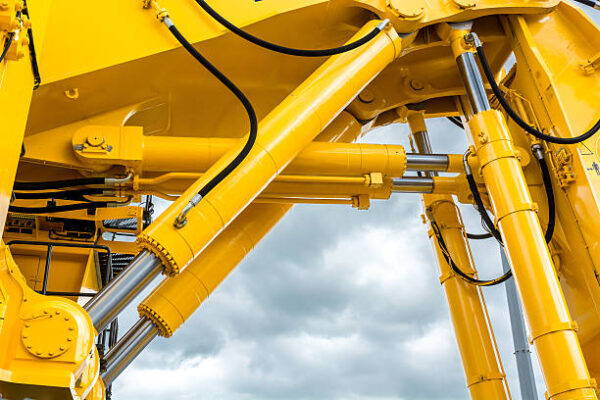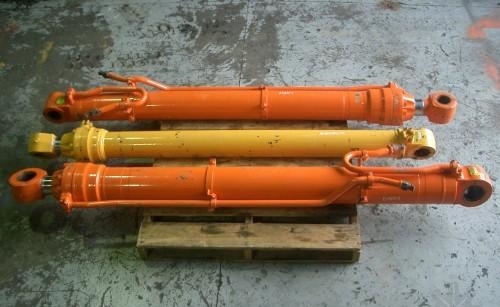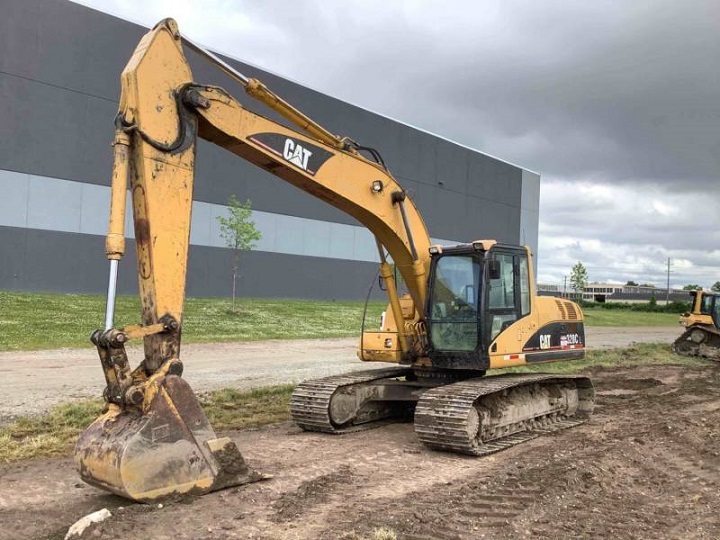Why is the hydraulic oil cylinder always broken?
Why some of our hydraulic oil cylinder are damaged quickly, but some excavator cylinders can be used for a long time? Is it caused by quality problems or improper operation? Let’s talk to you about the common improper operations that can cause damage to the excavator cylinder.

Easy to damage the operation of the hydraulic oil cylinder
Walking without fully recovering the working device
When the working device of the excavator is not fully retracted, the bucket will easily hit the rock, and the piston rod of the cylinder will generate a large load, resulting in damage to the inside of the hydraulic oil cylinder and cracks around the pin shaft.
Never use walking power to dig
When the forearm hydraulic oil cylinder is almost retracted, if it is excavated with the help of walking force, the walking force exceeds the bending force of the forearm, which will also lead to bending, and it is not possible to use the walking force to perform operations during normal work.
Hammer frequency too high
If it is broken for a long time, the piston rod will vibrate at high frequency, and the force will be too large, which will easily cause the piston rod to bend and fracture.

The cylinder rod stretches to the limit for excavation work
The hydraulic oil cylinder of the excavator is stretched to the end position for excavation operation. In this case, the working cylinder and the frame will generate a large load. The impact of the bucket teeth and the impact of each shaft pin may cause damage to the inside of the cylinder, and will also Affect other hydraulic components.
The rear of the track floats for excavation
The excavation work is carried out by using the force of the uplift of the rear part of the excavator body. When the bucket is separated from the rock and the vehicle body falls, a large load will be generated on the bucket, counterweight, frame, slewing bearing, etc., which is easy to cause damage.

Hydraulic oil cylinder maintenance method
- Protect the outer surface of the piston rod to prevent bumps and scratches from damaging the seal. Frequently clean the dirt and sand on the dust-proof sealing ring of the oil cylinder and the exposed piston rod to prevent dirt from entering the oil cylinder and damaging the piston, cylinder barrel or seals.
- Frequently check the connecting parts such as threads and bolts, and tighten them immediately if they are loose.
- Regularly lubricate the link parts to prevent corrosion or abnormal wear in the oil-free state.
- Regularly replace the hydraulic oil and the hydraulic oil return filter to ensure the cleanliness of the oil and prolong the service life of the oil cylinder.
- Before the working device is in operation, the air in the hydraulic oil cylinder must be exhausted, and it must be fully extended and fully retracted for 5 strokes before running with load.
- Pay attention to observe the hydraulic oil temperature, if the oil temperature is too high, the seal will be damaged or deformed. permanent deformation, or even complete failure.
- After each work is completed, the excavator needs to be parked on a flat ground, and the piston rod is fully retracted, so that the oil cylinder is in a state of a large cavity, and the hydraulic oil in the oil cylinder is guaranteed to flow back to the oil tank to ensure that the oil cylinder is not under pressure.
